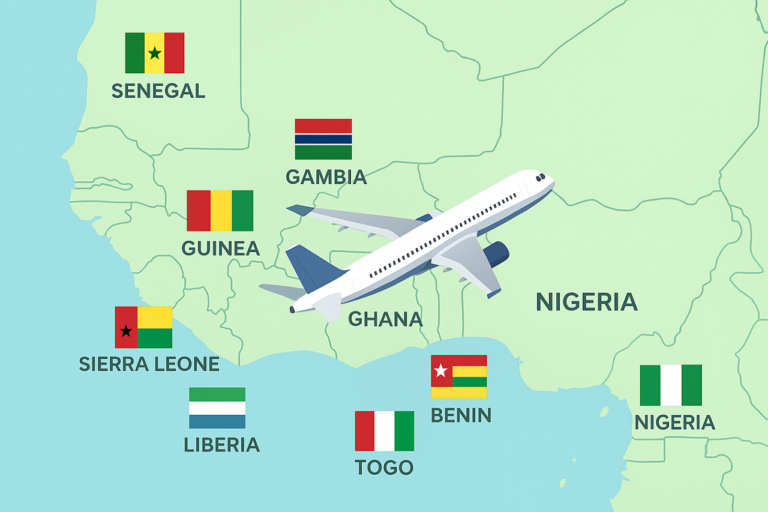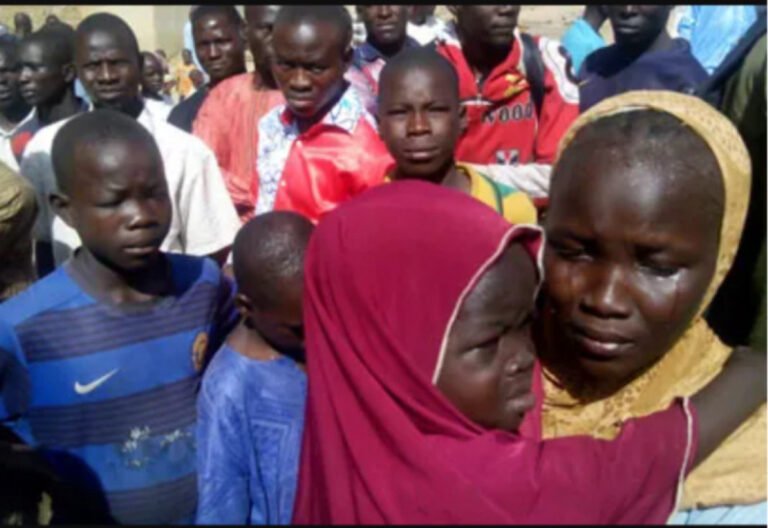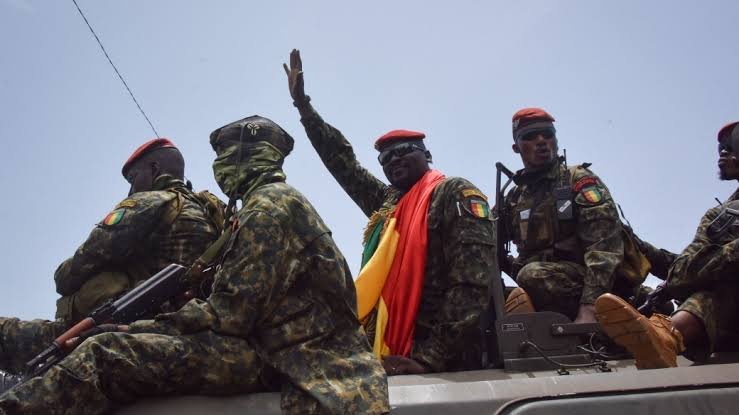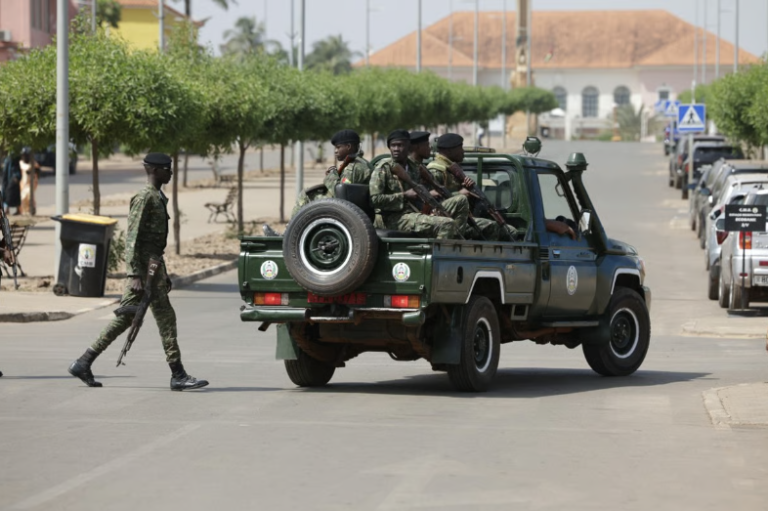By Qosim Sulaiman, Abdullah Tijani, Amma Moussa, and Gaston Sawadogo.
The Great Green Wall—launched in 2007 to combat desertification by afforesting 8,000 kilometers (4,971 miles) across the Sahel by 2030—is faltering under escalating insecurity. Findings show that many communities in the 11 African countries where the project is to be executed are heavily affected by terrorism and insurgency, particularly in Nigeria, Niger, and Burkina Faso. This widespread insecurity makes environmental work exceedingly challenging and, in many cases, impossible.
In Nigeria’s Zamfara, Katsina, and Sokoto states, Niger’s Tillabéri and Tahoua regions, and Burkina Faso’s Boucle du Mouhoun and Centre-Nord areas, jihadist insurgents and armed groups have rendered these communities perilous, leading to the abandonment of crucial reforestation sites. Environmental workers and local communities are caught in the crossfire, struggling to sustain the project amid daily threats to their lives.
This cross-border investigation series uncovers how Africa’s most ambitious climate project — a vast “green wall” of trees — is crumbling under the weight of rural terrorism, insurgency, and neglect. Reporters from Nigeria, Niger, and Burkina Faso, followed the lives of tree planters and farmers left defenceless in the crossfire of climate dreams and violent realities.
Consumed by Terror: Africa’s Ambitious Great Green Wall Faces Crucial Threat (I)
In Nigeria, Africa’s Great Green Wall was meant to halt the encroaching Sahara and restore life to dying lands. But in the tree-planting zones of Zamfara and Sokoto, what sprouted instead was terror. This first part of the investigation follows the farmers and forest workers who risked — and lost — everything in the line of climate duty, caught between armed insurgents and a vanishing dream.
Read the story here.
Consumed by Terror: Africa’s Ambitious Great Green Wall Faces Crucial Threat (II)
Across Burkina Faso and Niger, the dream of a continent-spanning wall of trees is collapsing under the weight of violence and retreat. In the second part of our series, we reveal how insecurity, donor fatigue, and government withdrawal have turned reforestation sites into ghost zones, and how, in some places, trees now grow not because of human effort, but human absence.
Read the story here.
About this investigation
With a grant support from the Pulitzer Center, this project was reported across Nigeria, Burkina Faso, and Niger, with months of fieldwork, interviews with locals and officials, and analysis of forestry and security datasets from Global Forest Watch, UN OCHA, Esri Atlas, and SBM Intelligence.
Story by: Qosim Suleiman, Abdullah Tijani, Amma Moussa & Gaston Sawadogo
GIS Mapping: Mansir Muhammed













